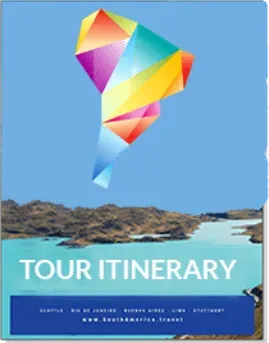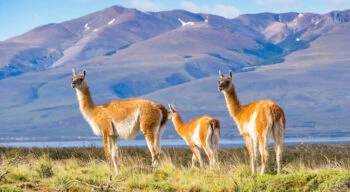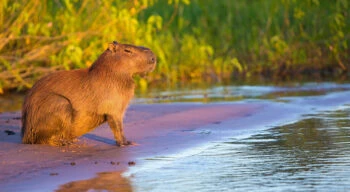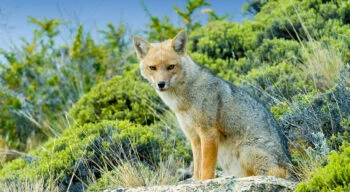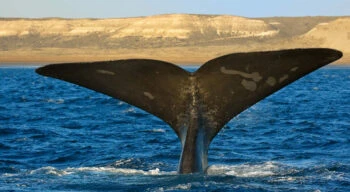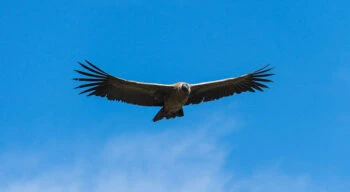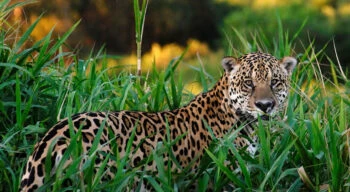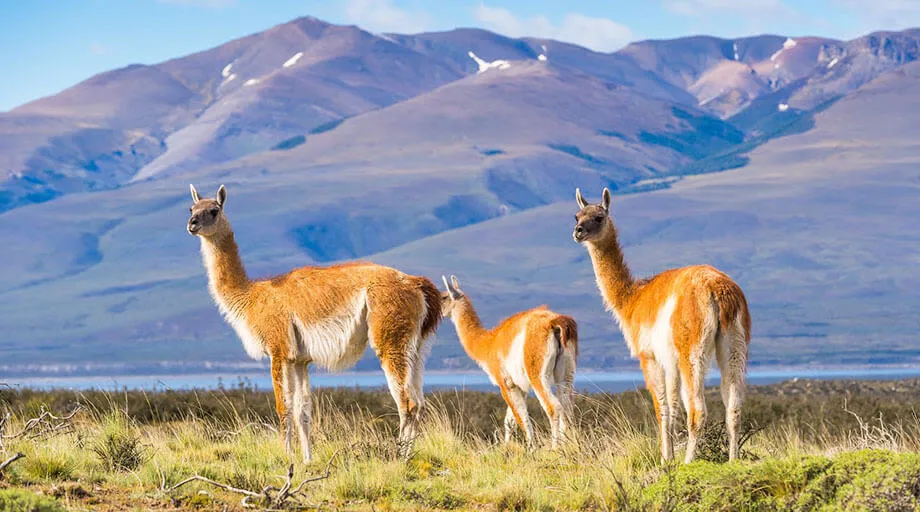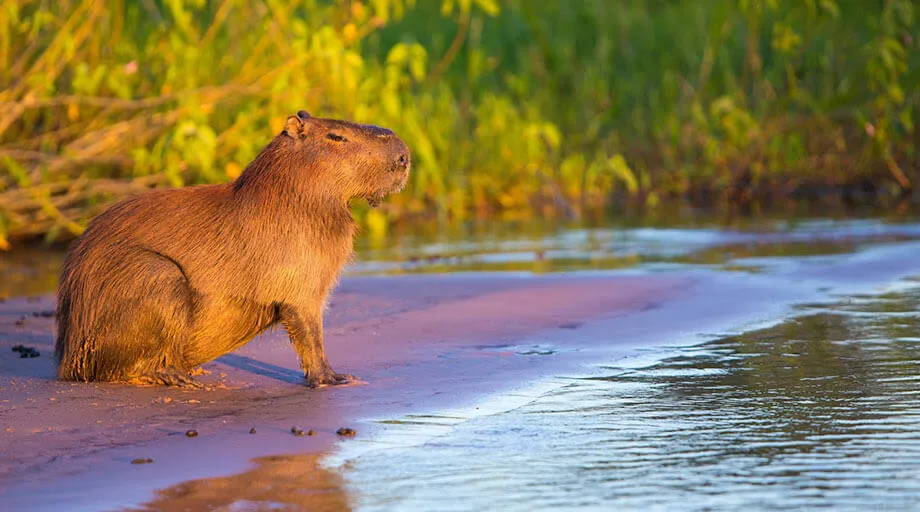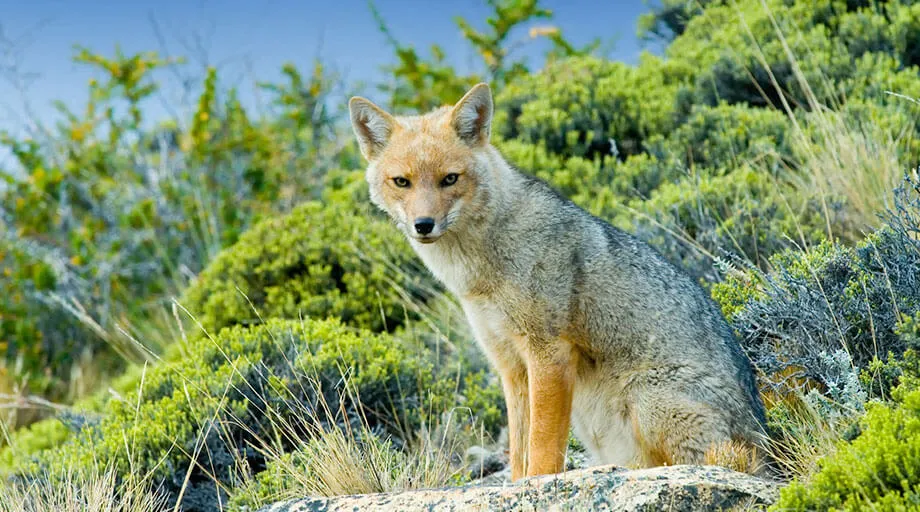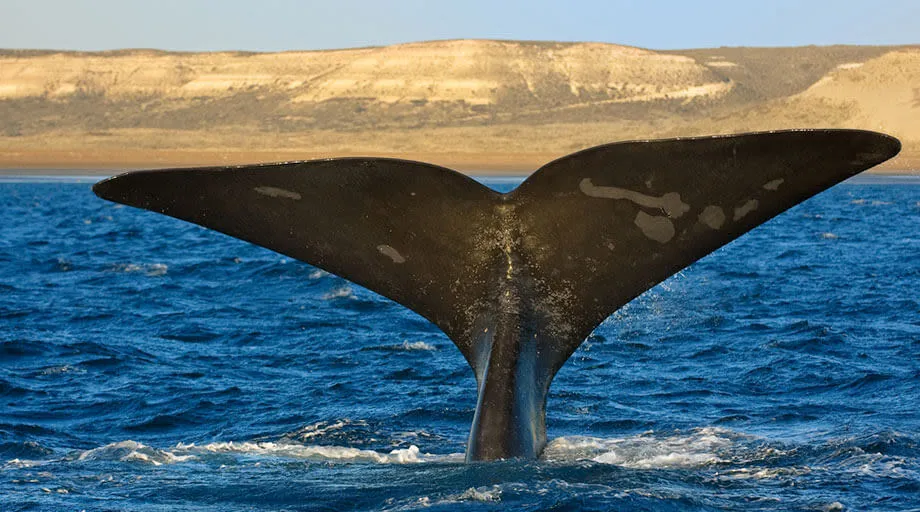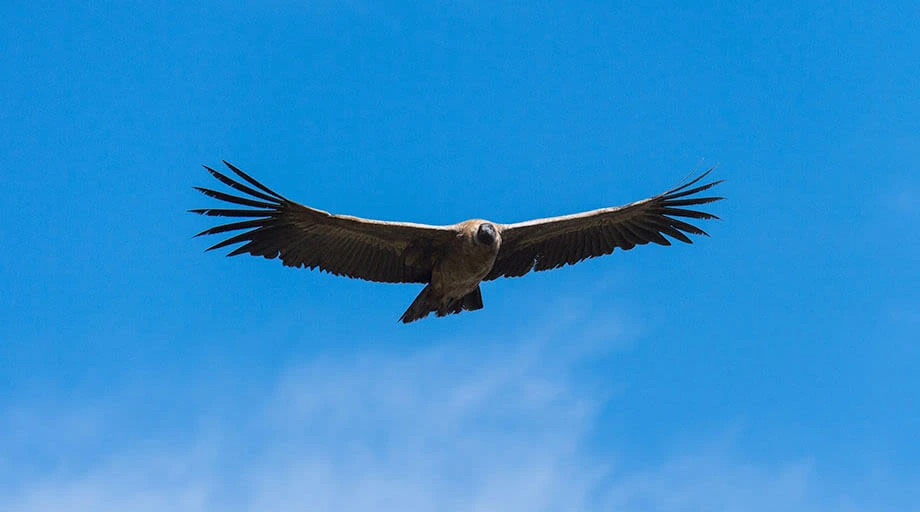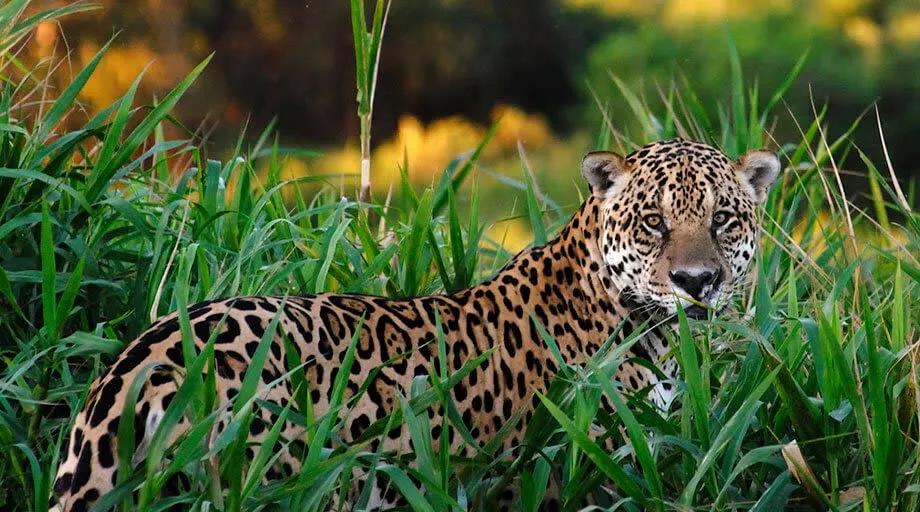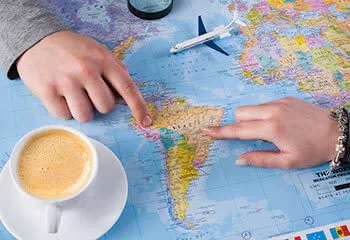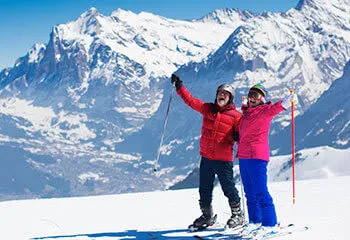

Argentina Overview
Argentina is an excellent destination for all kinds of travelers. If you want culture, learn the Tango in Buenos Aires. If you like the outdoors, travel to Patagonia for great hiking opportunities. Do you like wine? Check out South America’s most important region for Mendoza wine tours. Are you interested in nature and wildlife? Head to Puerto Madryn for some great whale and penguin watching and the remarkable Iguazu Falls. Argentina tours have something extraordinary for every sort of traveler.

Clara Tort
Argentina Expert
History of Argentina
The Spanish arrived in modern-day Argentina in the early 1500s. After a period of political turmoil, the country gained independence from the Spanish Empire in 1816. Between then and 1946, the government has had several periods of uncertainty, shifting from civilian and military rule on multiple occasions. That is, until the rise of Juan Domingo Peron, the country’s most important political figure of the 20th century, along with his wife, the world-famous Evita Peron.
The last century in Argentina was one of immense change. From being one of America’s wealthiest and most innovative countries to the coup of right-wing military dictatorships – leading to the “Dirty War,” a period of extreme violence in the country. Thousands of young people disappeared, and an economic crisis unfolded. Raul Alfonsin won the 1983 elections and reinstated a period of democracy that has remained today. The country has had its fair share of ups and downs in the economy in the last 30 years but is looking forward to growing back to its initial success.

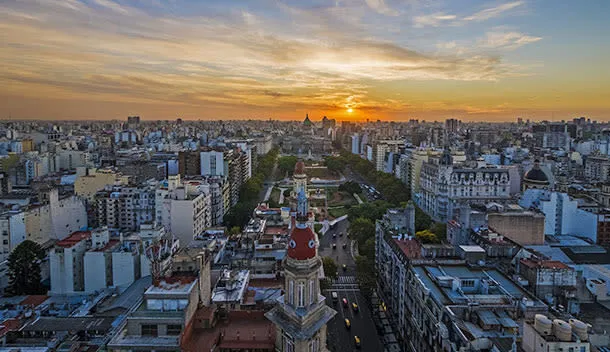
Argentina Politics
Argentina is a federal constitutional republic and representative democracy. The Constitution of Argentina is the supreme legal document and regulates the federal government. There are three branches in the federal government: the Legislative branch (which includes the Senate and Chamber of Deputies), the Executive branch, which consists of the Commander in Chief, the President, and the cabinet members. And, lastly, the Judicial branch, which includes the Supreme Court and lower federal courts.
There are 23 provinces in the country, and one autonomous city, Buenos Aires, where the Congress (the main legislative body) and the primary government residence (Casa Rosada) of the President are located.
The presidency and primary general elections take place every four years, and there are two main political parties: the Justicialist Party (PJ), which evolved from Peron’s ideology, and the Radical Civil Union (UCR), whose historical figure was Raul Alfonsin. Raul Alfonsin was the first president post-military dictatorship during the 70s and 80s. The most recent election was in October 2019, when Alberto Fernandez, of the coalition party “Frente de Todos”, became the current President of Argentina.
Economy of Argentina
Argentina’s economy is the second-largest in South America, after Brazil, and is a member of the G-20 major economies. The country is rich in natural resources, has a diversified industrial base, and a thriving export-oriented agricultural sector. These are all critical producers of Argentina’s economy.
Industry in Argentina is mainly represented by the manufacturing of food, beverages, tobacco products, motor vehicles, and auto parts. Textiles, leather, refinery products, and chemical products are also common. At the same time, agriculture in Argentina represents approximately 7% of all employment.
Sadly, inflation has been an immense problem for the Argentine economy for the last decade, with currency exchange rates shifting at a moment’s notice. Currently, the wealth distribution is unequal.
Regions of Argentina
Northwest Argentina
The Northwest includes the provinces of Salta, Jujuy, Tucuman, La Rioja, and Catamarca. This area is mostly known as home to the altiplano or “Puna”, the Andean high plateau, home to rugged mountains and arid deserts and salt flats. This region is also rich in culture and history. Some of Argentina’s most beautiful towns are located here: Salta and Tucuman, which hold old colonial town centers.
Northeast Argentina
Northeast Argentina includes the provinces of Misiones, Corrientes, and Entre Rios. Its rivers characterize this area, some of Argentina’s most important ones economically. It also creates the country’s number one natural wonder: Iguazu Falls, shared with Brazil. In this subtropical region, we also find the Ibera Wetlands, a land of rich biodiversity and one of the best places in Argentina to see wildlife.
The Central Region
The Central Region features the provinces of Buenos Aires, Santa Fe, Cordoba, and La Pampa. This area has some of Argentina’s most significant cities and industrial centers, as well as the famous and vast “Pampas,” a vast site dedicated to agriculture and home to the mythical “gauchos.”
West Andes
Cuyo, or the west Andes region, including the provinces of Mendoza, San Juan, and San Luis: this area dominated by the tall Andes mountain range, is also famous for its wine, one of Argentina’s biggest exports. This land is arid and rugged, and some areas not yet “discovered” by mainstream tourism.
Argentine Patagonia
Patagonia is home to the provinces of Neuquen, Rio Negro, Santa Cruz, and Tierra del Fuego. This is the least populated region in the country. To the east is the Atlantic Ocean, the Andes mountain range to the west, and in the south, we find the continent most southern city: Ushuaia. The region is famous for its glaciers, snow-capped mountains, clear water lakes and rivers, and ideal ground for adventure-based activities.
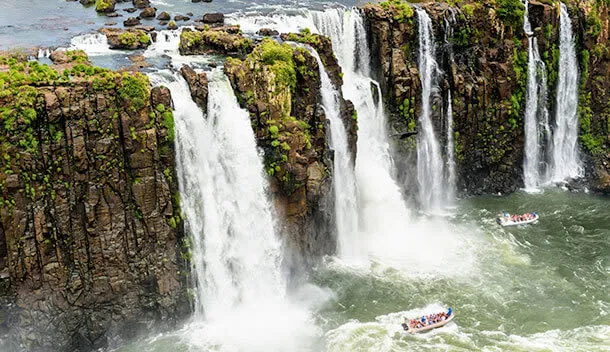
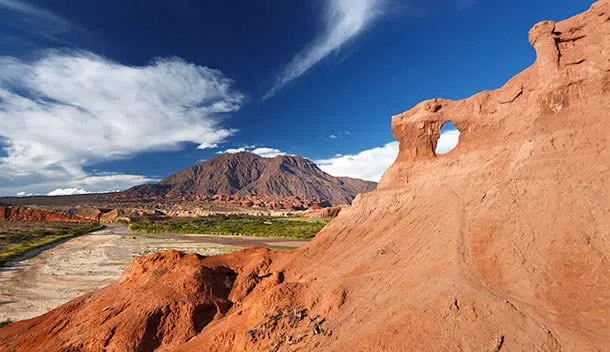
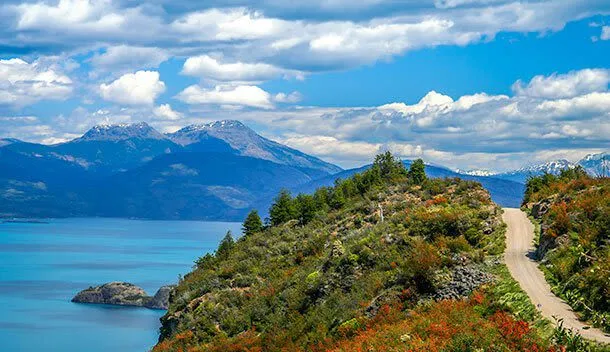
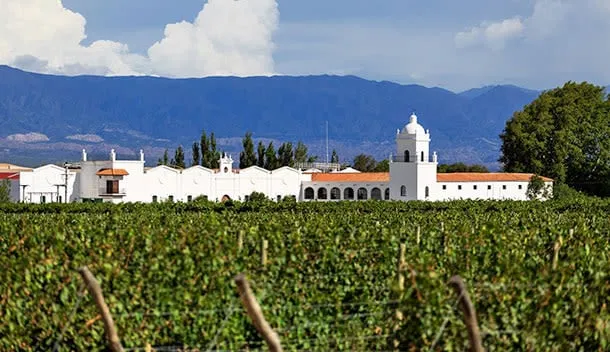
Argentina Environment
Argentina is one of the most biodiverse countries globally: it holds 15 continental zones, two marine zones, and the Antarctic Region. Most of Patagonia, Cuyo, and the Northwest are arid areas, so the flora, mostly bushes, and plants are suited to dry conditions. Although the Lake Region or North Patagonia is famous for its coniferous forests.
The humid pampa area has only one native tree, which is also Argentina’s national tree: the Ombu. The rich subtropical Northeastern region is full of rainforests and jungles, as well as trees such as the “quebracho” in the Chaco area.
Argentina Wildlife
Argentina’s wildlife includes some of the cutest animals in South America. In fact, there is a significant diversity of fauna that populates the country. Jaguars, crocodiles, tapir, and howler monkeys, and the famous capybara live in the subtropical Northeast. In the Andes area, condors, hawks, llamas, guanacos, foxes, and vizcachas can be found here.
The pampas region is home to armadillos, native rodents such as maras, foxes, and deer. Patagonia’s animals have their own species of deer, the huemules, and the non-native wild board. The Argentine sea boasts an impressive variety of sea life, such as dolphins, orcas, whales, penguins, squid, and king crab.
Tourist Attractions in Argentina
According to recent polls, Argentina is the most visited country in South America. The country offers cultural and natural places of interests, and the main touristic attractions can be listed as follows:
- Buenos Aires: the most visited city in South America, and the capital of Tango, is known worldwide for its European architecture, fantastic nightlife, and cuisine.
- Iguazu Falls: one of the new wonders of the world, and South America’s most important natural attraction
- Perito Moreno Glacier: located in Patagonia, this is the most-visited glacier, due to its accessibility and the sheer size of it.
- Bariloche: the capital of the Lake Region, this town is also a famous ski resort, mostly visited by Argentine nationals and from neighboring countries.
- Mendoza: the heart of the wine region in Argentina, visited all year round, and a great place for outdoor activities
- Salta: this is the “door” to Argentina’s northwest, a land of beautiful Andes landscapes and colonial architecture.
- Ushuaia: the Southernmost city of the world, this is also a great place for outdoor activities and departure for most cruises towards Antarctica.
Transportation in Argentina
Transportation in Argentina (and tourism infrastructure) is one of the best in the continent. Due to the long distances between destinations, most international visitors travel around the country by flying, from the country’s main hub: Buenos Aires. Aerolineas Argentinas and LATAM are the two most crucial domestic flight providers and some low-cost companies such as Flybondi, Norwegian, and Andes. The airports in Argentina are mostly in good condition, and air travel is reliable.
Buenos Aires holds the two most essential airports: Ezeiza (which serves mostly international flights) and Aeroparque, the airport within the city, and which operates mostly domestic flights and some regional ones. Visitors traveling to several destinations may find themselves connecting flights in BA, as there is only a small amount of direct flights available between cities of interest. Commercial buses and coaches are also a great option for travel, on the other hand, trains, which once was the largest railway system in South America, have slowly been declining in the last 50 years.
Argentina Culture
While at the time of mass immigration (between 1850 and 1950), Argentina was the country with the second biggest immigration wave globally, which now translates into how varied and multicultural traditions are in the country.
With a clear influence from European countries, cities boast a wide range of museums, theatres, cinemas, galleries, and music clubs, and literary cafes. In the provinces, towns also offer a great variety of traditional “penas”, music venues of mostly folklore music. In Buenos Aires and some other big cities, Tango is the essential local music/dance seen in local “milongas” or touristic shows.
The country has also a rich history in literature, with influential writers such as Cortazar, Victoria Ocampo, Bioy Casares, and Jorge Luis Borges. Argentina’s biggest “passion” is, undoubtedly, football or soccer, and travelers can experience that anywhere in the country. The two primary football teams, Boca and River, are located in the city of Buenos Aires, and its stadiums are visited by people from all over the world. With legendary football stars as Maradona and Messi, football is also one of Argentina’s biggest exports to the world.
Thinking About Visiting Argentina?
Contact a Argentina Travel Expert
We Love to Talk About Vacation Ideas!
Thinking of traveling to South America? We take your South American travel dream and make it a reality. Every fully custom South America trip is planned by your own expert personal Travel Consultant.
